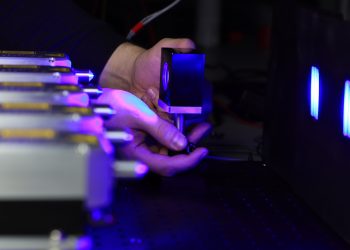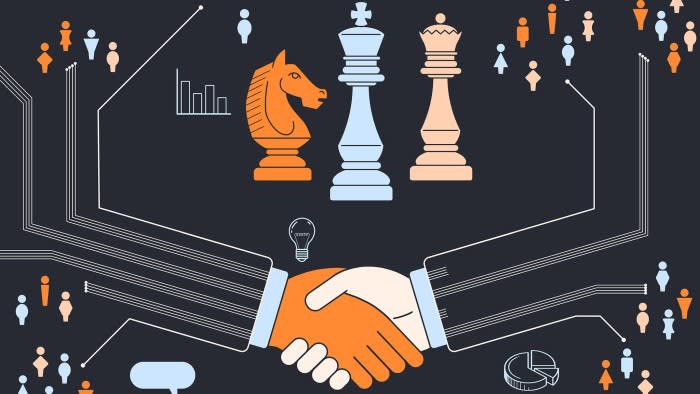Businesses are reaching out to new markets, with translation playing a pivotal role. The aim is to present the core message in other languages to capture their attention. Developers have created software that can translate the text to any major language in seconds. The aim is to cut down the time spent on human translation. However, machine translation cannot replace the efficiency brought by human translation.
Reasons Why Human Translation is Better Machine Translation
Meaning Behind the Context
Languages are the pride of every culture as they voice out their beliefs and personalities. There are over 7000 languages, each with its word structure and context. If you use a machine to translate a write-up, it only captures the text as it is without relaying the intended message.
Human translators give out the meaning and search for the best way to relay information as it is. Proverbs and cultural sayings are the most affected since the intended information is easily distorted. Also, in technical fields such as medicine and engineering, any distortion can lead to a catastrophe that might cost human lives.
Machine Translation is Still Insignificant Considering the Total Number of Languages Globally
The world has over 7000 languages spread across all continents. Places such as Africa have several indigenous languages that don’t feature on any machine translations. Therefore, machines will not yield any fruits since they only recognise slightly over 100 languages. In such cases, human translation has no competition.
Constant Language Improvement
New words and phrases come out regularly, either by joining or creating new words altogether. Machine translation needs regular programming to capture grammatical and context improvement to measure up with the demand. If not done in time, it distorts the intended meaning. Human translation is cognisant of these changes and applies them in real-time.
The same analogy also applies to a change in the meaning of a word. Several words have changed their meaning over time. If machines still use the original registry, it will lose the intended meaning. In the absence of such clarity, human translation is the only alternative available.
Versatility
Although developers customise machines to their very best, they cannot match up to the versatility of the human mind. Machines follow programmed logic which is the basic structure of machine translation. It cannot conceptualise the meaning to pass the intended message. Machine translation cannot think, which is why human translation will always thrive.
The art of translation is not only passing information but also conveying knowledge. If there is a disparity in sharing information, the intended knowledge is lost in the process. Human translation can do both and provide context to the information if needed.
Emotive Meaning
As a form of communication, the text should convey emotions, aspirations and knowledge. If you use machines to change it to a different language, you might lose this important figure of speech in the process. Machines only deal with the word as it is and might miss the intended emotions and context.
Most sentences try to pass humour, cultural connotations and sometimes poetry. This is vivid in songs and other artistic pieces. Translating these works of fiction using machines might miss the message the artist is putting across. Human translation can decode the deeper meaning in these creative pieces and relay the actual meaning.
Untranslatable Words
Some words do not have a substitute in other languages. In this case, machine translation will present the word the way it is. If the word forms the core of the sentence, the primary message might be lost in translation. Words such as “age-otori” – Japanese, “Flaner” – French, “Prozvonit” – Czech and “Fernweh” – German do not have an alternative in English.
The list of untranslatable words grows bigger in indigenous languages; the smaller the group, the harder it is to translate their language. Human translation also encounters difficulties in getting the actual meaning. However, comparing machine to human translation, the outcome of human translation is far much better than machine translation.
The Future of Artificial Intelligence in Translations
On paper, human translation is superior to machine translation as it eradicates any syntax or grammatical errors. However, machine translation still holds a significant position in overall translations. Developers are working overtime to reduce translation errors, especially among the top languages. Artificial Intelligence (AI) is the software used to harmonise all the language mistakes for a better translation.
There are several platforms that are instrumental in improving the quality of translated texts. They endeavour to fasten the process and still relay the intended information in a different language. Research and zero down to a good online translation website and gauge its quality. Although not as good as human translation, you might be amazed at how good the translated text is.
Discover more from Today Headline
Subscribe to get the latest posts to your email.















